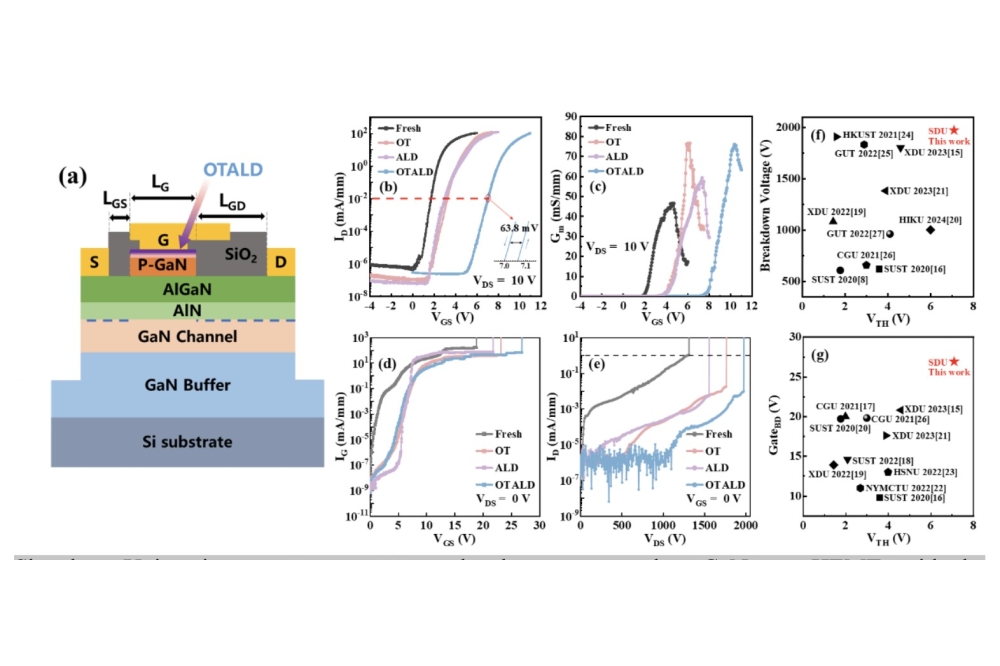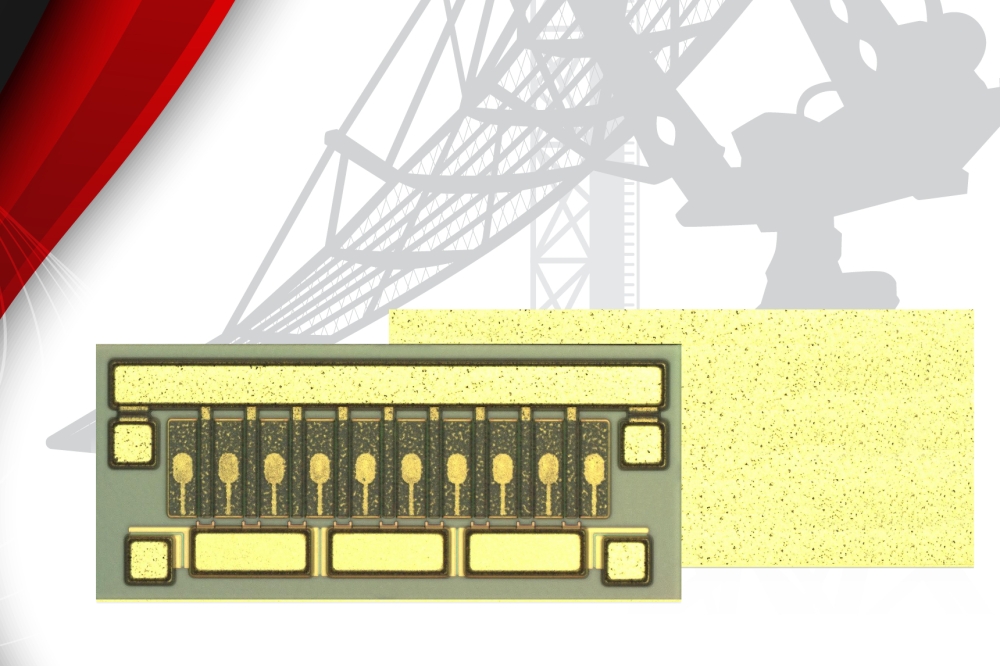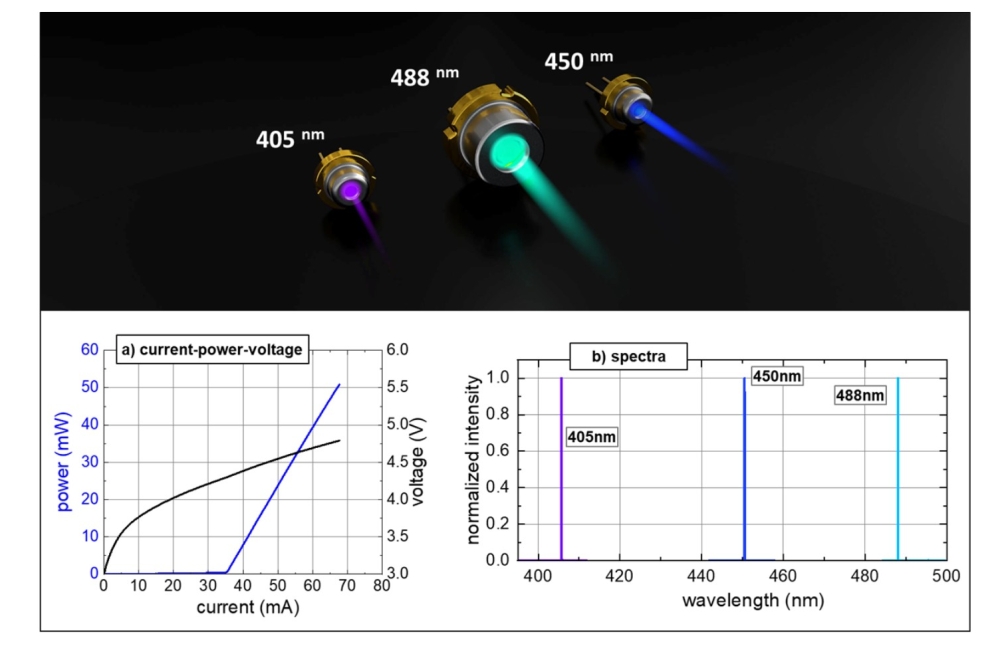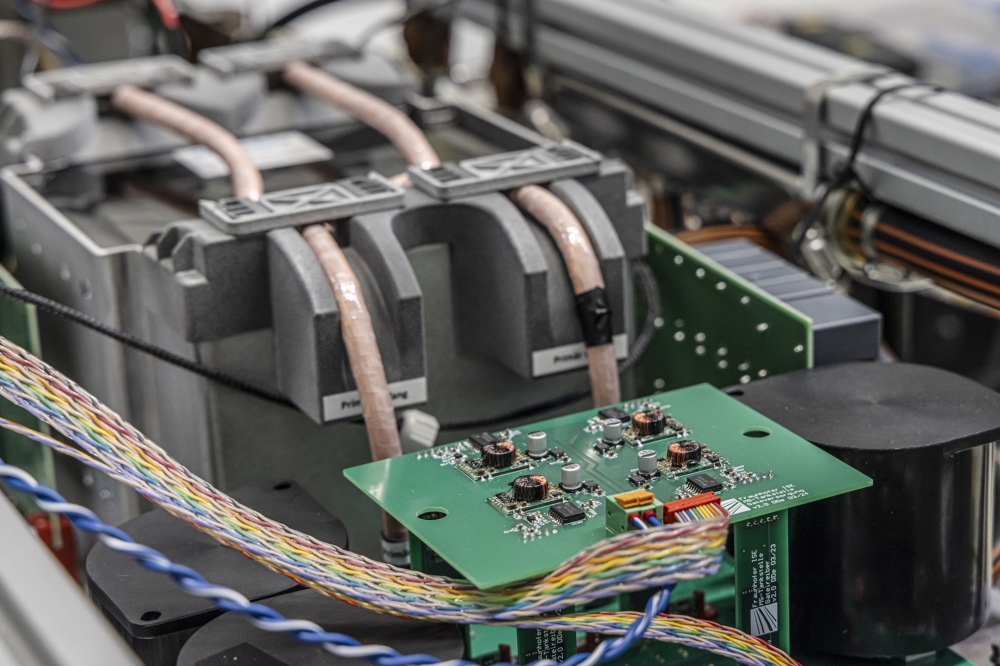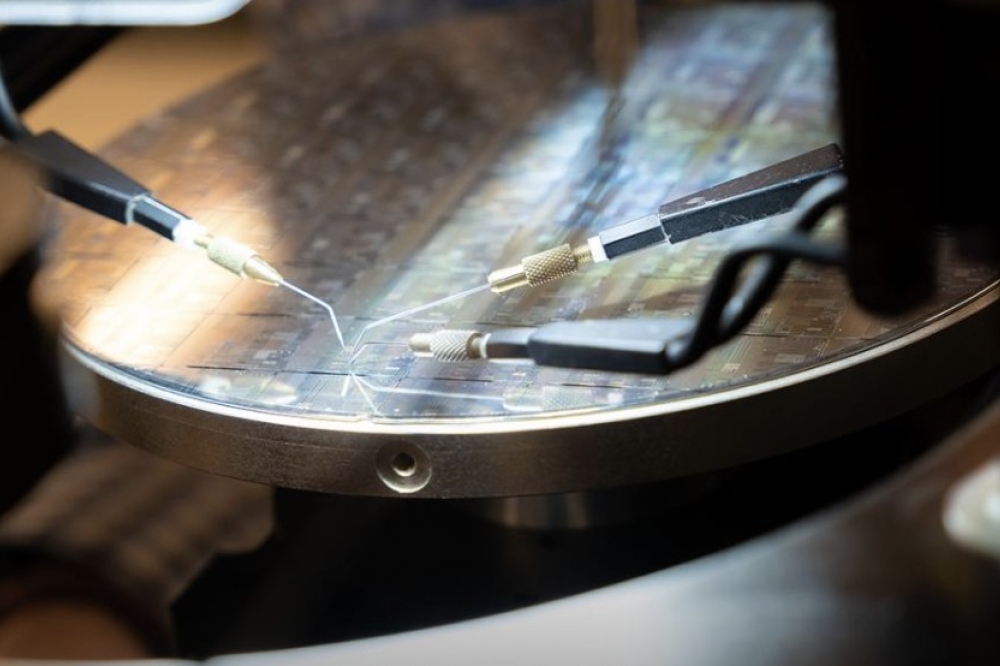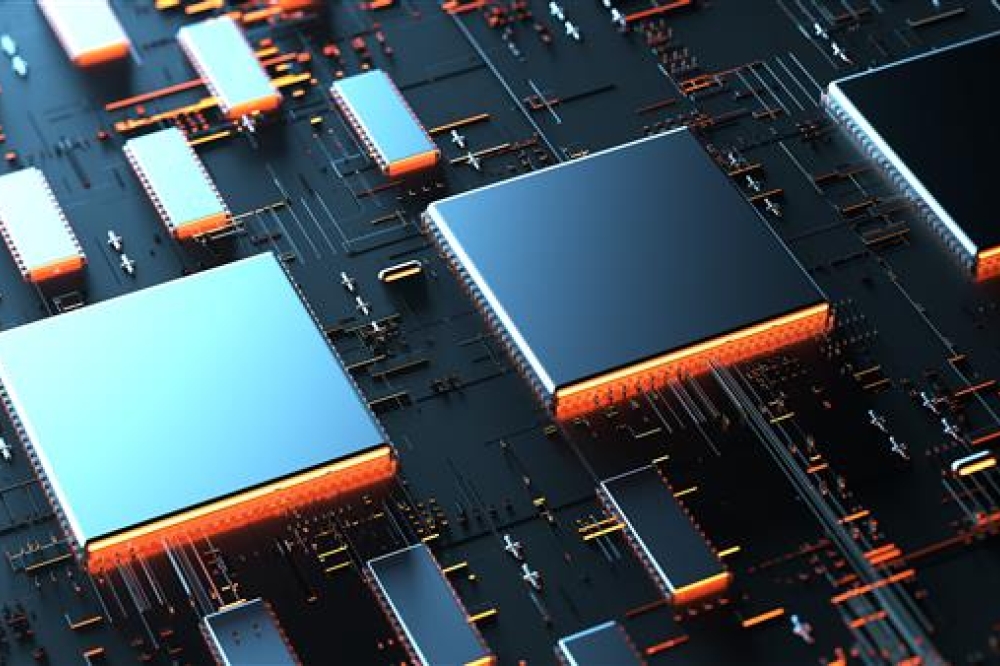Cornell to lead semiconductor research centre
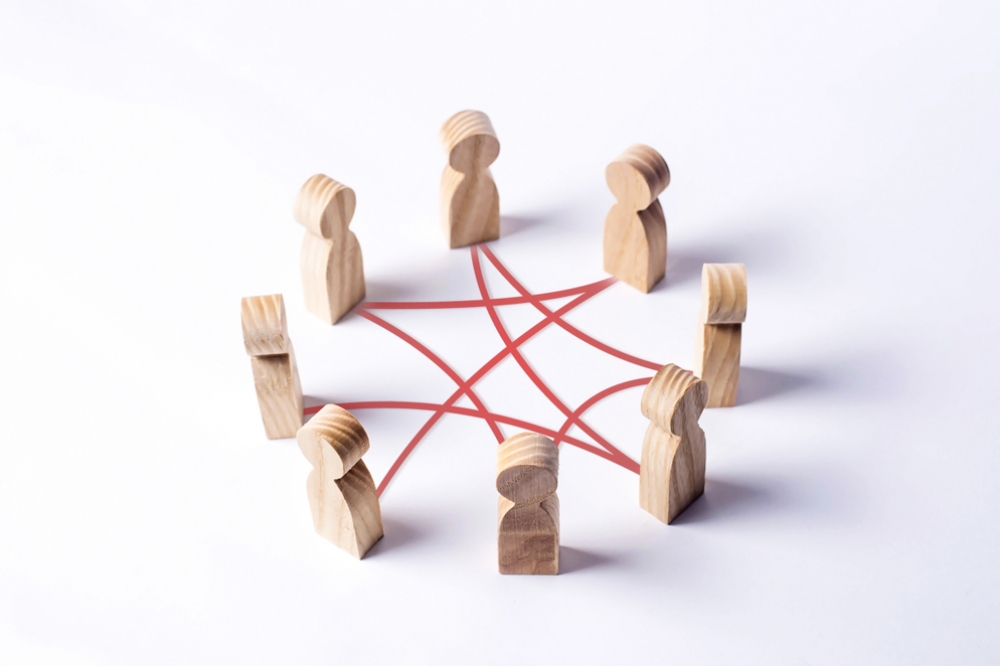
$34M research centre will look to harness properties of 2D materials, wide and ultra-wide bandgap semiconductors, ferroelectrics, spin and molecular materials
Cornell is leading a new $34 million research centre that will accelerate the creation of energy-efficient semiconductor materials and technologies, and develop new approaches for microelectronics systems.
The SUPeRior Energy-efficient Materials and dEvices (SUPREME) Centre will bring together leading researchers from 14 higher education institutions, in collaboration with the centre’s sponsor, Semiconductor Research Corporation (SRC). SUPREME is one of seven centres funded by SRC’s JUMP 2.0 consortium. The centre will be funded by SRC and its 14 partner universities; Cornell’s investment in the five-year project will be $7 million.
SUPREME is organised around four interdisciplinary sub-themes: digital and analogue; memory and applications; interconnects and metrology; and materials discovery and processing.
The first theme aims to harness the unique properties of two-dimensional materials, wide and ultra-wide bandgap semiconductors, advanced ferroelectrics, spin and molecular materials to develop a new generation of digital and analogue devices. The second theme is around new approaches for embedded and neuromorphic memory and storage technologies. And the third theme is a focus on new physics of electron transport and new materials.
The fourth theme is around developing the new materials and processing technologies required by the first three, with an emphasis on several broad classes of materials: 2D and wide bandgap materials for logic and analogue computing; metal-oxide-semiconductors for low-power complementary architecture; ferroelectrics and electrochemical materials for new memory/computing architectures, and strongly nonlinear optical materials for interconnects.
Partners include: Cornell; Massachusetts Institute of Technology (MIT); Boise State University; Georgia Institute of Technology; North Carolina State University; Northwestern University; Rensselaer Polytechnic Institute; Rochester Institute of Technology; Stanford University; Yale University; the University of Colorado, Boulder; the University of Texas, Austin; the University of California, Santa Barbara; and the University of Notre Dame.
Huili Grace Xing, the William L. Quackenbush Professor of Engineering in materials science and engineering, and in electrical and computer engineering, at Cornell Engineering, will serve as the centre’s director. Tomás Palacios, director of Microsystems Technology Laboratories and a professor in the electrical engineering and computer science at MIT, will serve as the center’s associate director.
The center’s managing director will be Thomas Dienel, a condensed matter physicist who has been running the user program at Cornell’s Platform for the Accelerated Realization, Analysis, and Discovery of Interface Materials (PARADIM).
“Our center will focus on the material science, the new device architectures and how they interplay with each other,” said Xing, whose own pioneering research has included materials that support unipolar or bipolar transport, such as 2D materials, ultra-wide bandgap semiconductors, and devices with record performance that reveal fundamental limits.
“We’re not engineering a particular approach,” she said. “We’re actually going down to the material genome level. If we go down to the building blocks and make a connection, then we can serve a very broad application space in logic, memory, computing, sensing and communication with the desired energy efficiency.
“We’ve known for some time that Cornell Engineering faculty are pursuing research at the forefront of semiconductor materials science and engineering,” said Lynden Archer, the Joseph Silbert Dean of Engineering. “With this new multi-institutional research centre, we look to the future and to providing leadership that translates to national impact in multiple areas, including autonomous systems and robotics, energy systems, medicine, and space exploration – all fields which require advances in semiconductor materials and new device architectures that consume less energy.”


























